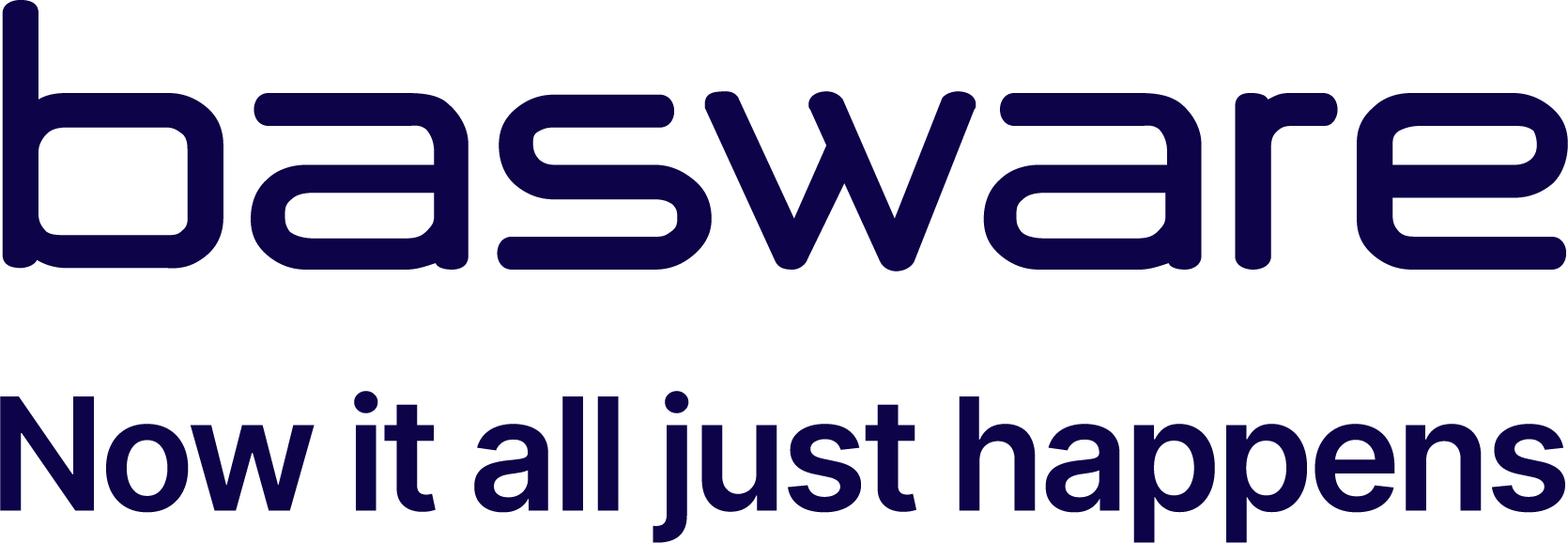Continuous transaction controls (CTC) are being adopted by governments to strengthen their economies by reducing tax evasion. CTC enables tax authorities to collect real-time or near-real-time data on business transactions, as opposed to relying on retroactive audits. This helps address inefficiencies and reduces dependency on historical evidence. Various CTC models, such as Interoperability, Real-time reporting (RTR), Clearance, and Centralized exchange (CE), are being implemented around the world. Additionally, Peppol and Peppol CTC / DCTCE, as well as “Hybrid” models, are also being used in different regions. This shift towards CTC obligations and finance automation is a response to the realization that using paper invoices as the principal means for recording and reporting business transactions leads to tax revenue loss.
Source Pagero
- See also
- Join the Linkedin Group on Global E-Invoicing/E-Reporting/SAF-T Developments, click HERE
Latest Posts in "World"
- VATupdate Newsletter Week 42 2025
- Global eInvoicing: Trends, Models, Interoperability, and Innovation Shaping the Digital Future
- Webinar Fiscal Solutions: Turn Fiscalization Into a Competitive Advantage (Oct 30)
- Basware on YouTube – Compliance without the boring bits – Episode 5 (December 9)
- “How do I know if my Peppol e-invoice has arrived?” – A practical guide for entrepreneurs















